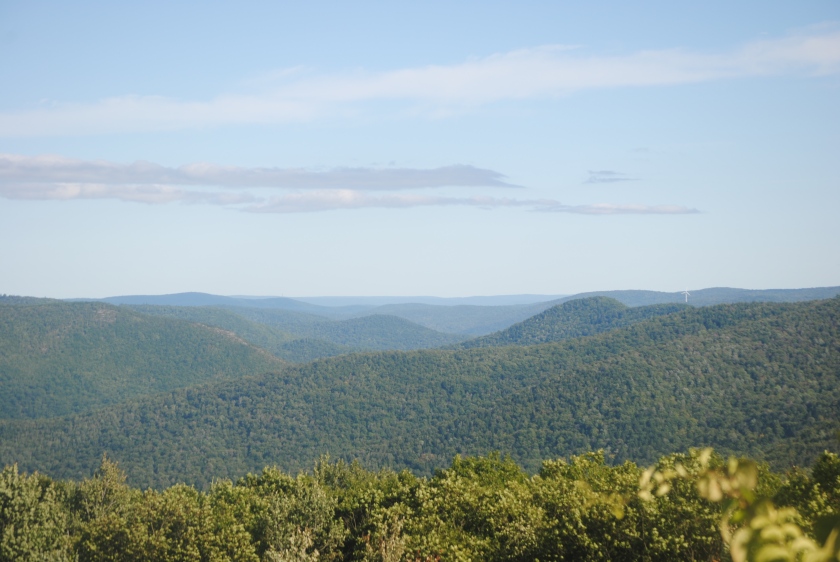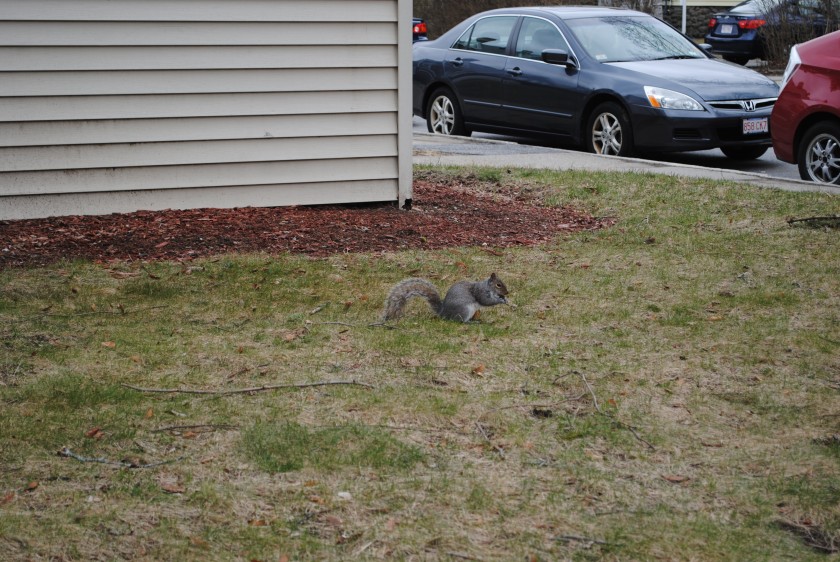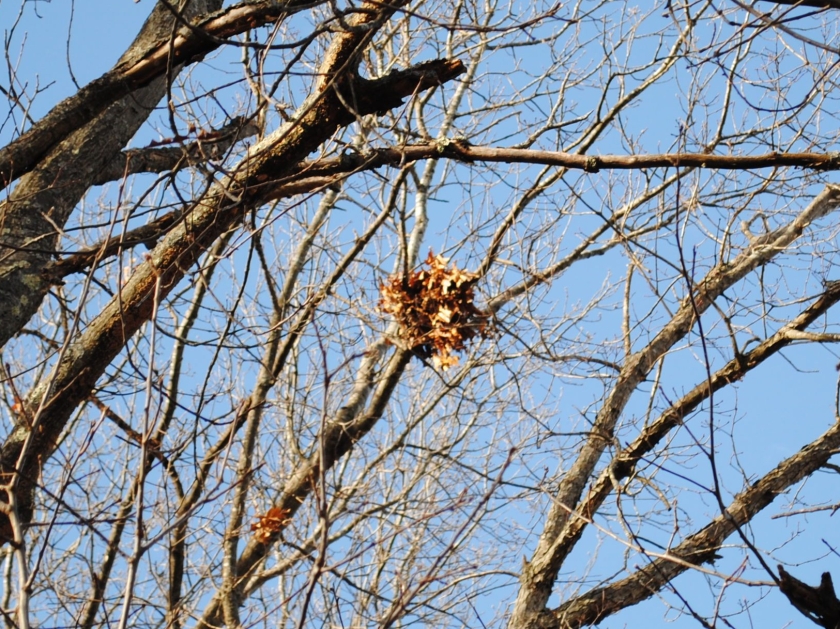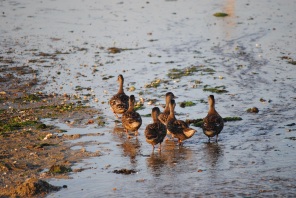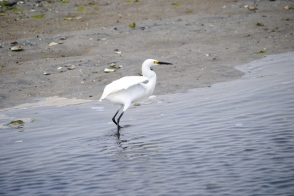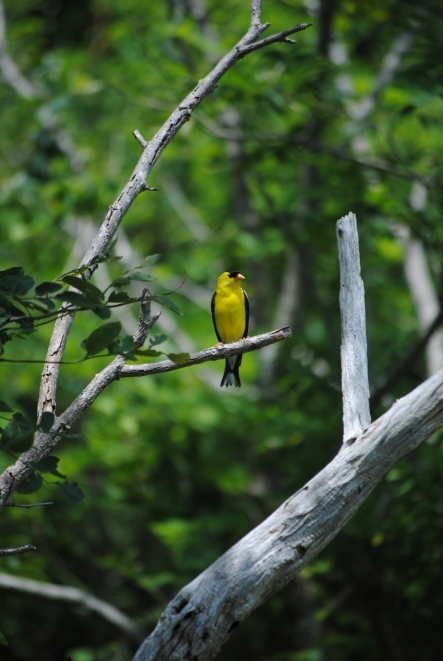Osprey
Pandion Haleatus[i]
By Emily Curewitz
29Jan2018
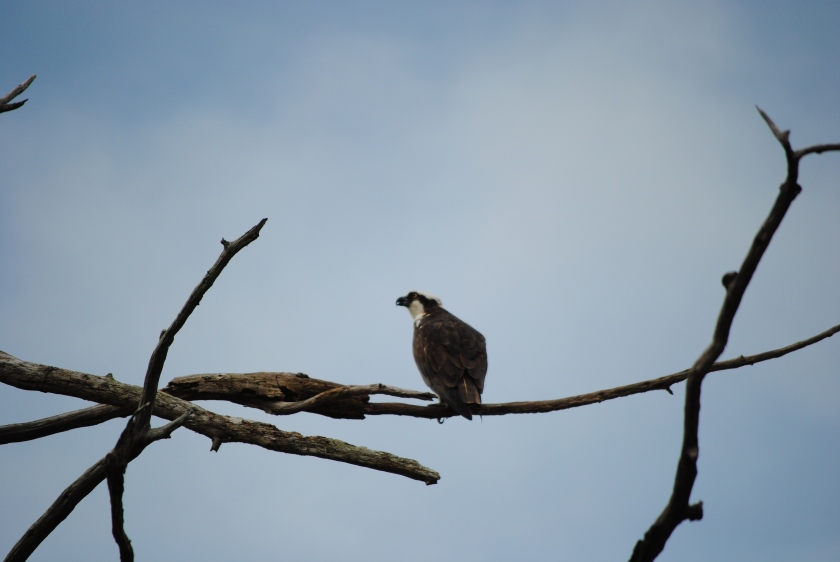
In the Harry Potter universe, there are certain wizards and witches called animagi, who could turn into one kind of animal at will. If I were an animagus I would so totally be an osprey, because those things are as cool as they come. Let’s face it, these guys live by the beach, have a diet consisting almost entirely of sushi, they got a cool racing stripe across their head, and when winter rolls around, they are outta here. And, oh yeah, they can fly, because birds of prey are good at that. So yeah, they are so totally cool. Like, who wouldn’t wanna turn in to an osprey at will.
And it is sad to think that these birds almost became extinct. Like many other birds of prey, they were hit hard by DDT poisoning.[ii] And fortunately, since it was banned, the osprey, just like many other of birds of prey, have made a comeback, and now are common on many parts of the region,[iii] especially along the coast. They also live near lakes and other bodies of fresh water as well.[iv] Basically if fish live there, ospreys wanna be nearby because fish = yummy.
Though they have made a comeback in much of North America, there are many countries where DDT is still legal, and ospreys are still having a tough time there.[v] In some of those same countries they are also often hunted because farmers think that these birds like to eat chicken. But since chicken farms are seldom in the middle of the water, poultry is almost never on the menu.[vi] In fact, it is unwise for chicken farmers to shoot ospreys because breeding ospreys are very protective of their nests and don’t like other birds of prey nearby, and thus will chase away would be baby osprey eating birds, which would be the same birds that like to eat chicken.[vii] See, karma works! Stupid poachers.
Ospreys are found all over the world, except for Antarctica,[viii] because Antarctica sucks. I don’t wanna live there either. However, there is some debate as to those ospreys living in Australia might be a separate species.[ix] But those Aussie ospreys – try saying that three times fast- look pretty damned similar to non-Aussie ospreys.[x] Anyway, there seems to be some reason that some ornithologists would class them as a different kind of bird.
They are great at fishing, and adult birds can often catch a fish in less than 15 minutes,[xi] and can have as much as a 70% success rate.[xii] Very impressive. Younger birds, however aren’t quite as skilled.[xiii] Although they are best known for eating sashimi, ospreys will also eat just about anything else they happen to find in the water.[xiv] When hunting, they will often hover just over the water and then dive to catch the fish,[xv] which I have been lucky enough to witness. They will also glide right over the surface of the water and snatch a fish if that fish is unlucky enough to be near the surface of the water[xvi] for whatever unwise reason.
Also, they have a reversible toe which allows them to more easily catch fish.[xvii] And because of this, there is a myth out there which says that if the fish is too big and strong, it can drag the bird under water and drown. Inexperienced birds occasionally get dragged down, but this is quite rare. This pretty much never happens with adult ospreys.[xviii] Other adaptations that help them hunt fish are dense oily feathers that keep them from getting waterlogged as well as nostrils that can close when they dive into the water.[xix]
Ospreys like to build huge nests made of numerous sticks on man-made structures,[xx] almost always in wide open areas that are easy to approach and easy to see potential threats to their offspring.[xxi] However, not all those nesting locations are wise place to make a home. Turns out some are at risk for electrocution because utility poles seem to be a great place to raise an osprey family.[xxii] Not cool, Osprey parents.
These are good looking birds, and very distinctive in appearance. Most of their body is dark brown, but their belly, head, not including the aforementioned racing stripe, is white.[xxiii] Adult females have a dark brownish necklace across their chest, males are solid white underneath.[xxiv] They have very long wings, which are very noticeable when soaring.[xxv] When gliding, their wings are often in an “M” shape.[xxvi] And if you are able to get a good look, you might notice that their eyes are bright yellow in color.[xxvii]
But for such a cool bird, they have quite the unimpressive voice. You’d think that they would have some badass KEEEEEEEYYYyeeEEERRR! kinda sound. But that is the red-tailed hawk that makes that sound.[xxviii] Ospreys sound kinda like a whiny seagull.[xxix] Bald eagles also have a similar whiny seagull-like sound.[xxx] But at least it is not the God-awful sound a northern goshawk makes.[xxxi] Man, those things are loud and annoying! Ospreys also whistle to each other like a songbird,[xxxii] which to me seems somewhat endearing.
I have had great luck finding them in Cape Cod as well as around Buzzards Bay. A few years ago, there was a nest right on Kalmus Beach in Hyannis, I don’t know if it is still there. I have also seen at least three nests at Waquoit Bay in Falmouth MA. As of last summer, I also saw a nest in Allen’s Pond Wildlife Sanctuary in Dartmouth MA. I have also seen them in Boston, coastal Rhode Island and in central Mass, among other places. And if you don’t want to go to any of those places, then here is a link -> CLICK HERE <- to an osprey nest webcam in Montana. I recommend you watch it in spring and summer as it is not nesting season now. But if you wanna watch an empty bird nest with cars driving in the background, go knock yourself out. So wait until springtime, and check these guys out when they return, it will be totally worth it.
[ii] Author Unknown “About Ospreys” Mass Audubon 2018 https://www.massaudubon.org/learn/nature-wildlife/birds/ospreys/about
[iii] Author Unknown “About Ospreys” Mass Audubon 2018 https://www.massaudubon.org/learn/nature-wildlife/birds/ospreys/about
[iv] Author Unknown “About Ospreys” Mass Audubon 2018 https://www.massaudubon.org/learn/nature-wildlife/birds/ospreys/about
[v] Author Unknown “About Ospreys” Mass Audubon 2018 https://www.massaudubon.org/learn/nature-wildlife/birds/ospreys/about
[vi][vi] Author Unknown “About Ospreys” Mass Audubon 2018 https://www.massaudubon.org/learn/nature-wildlife/birds/ospreys/about
[vii] Author Unknown, though “sponsored by John Galluzo” (not sure if this “sponsored” refers to authorship or not) “Breeding Bird Atlas 2 Species Accounts Osprey” Mass Audubon 2018 https://www.massaudubon.org/our-conservation-work/wildlife-research-conservation/statewide-bird-monitoring/breeding-bird-atlases/bba2/find-a-bird/(id)/1120
[viii] Author Unknown “Osprey” Wikipedia 28JAN2017 https://en.wikipedia.org/wiki/Osprey
[ix] Author Unknown “Osprey” Wikipedia 28JAN2017 https://en.wikipedia.org/wiki/Osprey
[x] Author Unknown “Eastern Osprey” Wikipedia 28JAN2017 https://en.wikipedia.org/wiki/Eastern_osprey
[xi] Author Unknown “About Ospreys” Mass Audubon 2018 https://www.massaudubon.org/learn/nature-wildlife/birds/ospreys/about
[xii] Author Unknown “Osprey” Cornell Lab of Ornithology All about Birds. Cornell University. 2015 https://www.allaboutbirds.org/guide/Osprey/lifehistory
[xiii] Author Unknown “About Ospreys” Mass Audubon 2018 https://www.massaudubon.org/learn/nature-wildlife/birds/ospreys/about
[xiv] Author Unknown “About Ospreys” Mass Audubon 2018 https://www.massaudubon.org/learn/nature-wildlife/birds/ospreys/about
[xv] Author Unknown “About Ospreys” Mass Audubon 2018 https://www.massaudubon.org/learn/nature-wildlife/birds/ospreys/about
[xvi] Author Unknown “About Ospreys” Mass Audubon 2018 https://www.massaudubon.org/learn/nature-wildlife/birds/ospreys/about
[xvii] Author Unknown “Osprey – Life History” Cornell Lab of Ornithology All about Birds. Cornell University. 2015 https://www.allaboutbirds.org/guide/Osprey/lifehistory
[xviii] Pelletier, Tom “Osprey Struggling to Get out of the Water” Ask a Natualist.com 14MAY2016 http://askanaturalist.com/osprey-struggling-to-get-off-the-water/
[xix] Author Unknown “Osprey” Wikipedia 28JAN2017 https://en.wikipedia.org/wiki/Osprey
[xx] Author Unknown “Osprey – Life History” Cornell Lab of Ornithology All about Birds. Cornell University. 2015 https://www.allaboutbirds.org/guide/Osprey/lifehistory
[xxi] Author Unknown “About Ospreys” Mass Audubon 2018 https://www.massaudubon.org/learn/nature-wildlife/birds/ospreys/about
[xxii] Author Unknown “About Ospreys” Mass Audubon 2018 https://www.massaudubon.org/learn/nature-wildlife/birds/ospreys/about
[xxiii] Author Unknown “Osprey” Cornell Lab of Ornithology All about Birds. Cornell University. 2015 https://www.allaboutbirds.org/guide/Osprey/id
[xxiv][xxiv] Author Unknown “Osprey” Cornell Lab of Ornithology All about Birds. Cornell University. 2015 https://www.allaboutbirds.org/guide/Osprey/id
[xxv] Author Unknown “Osprey” Cornell Lab of Ornithology All about Birds. Cornell University. 2015 ©
[xxvi] Author Unknown “About Ospreys” Mass Audubon 2018 https://www.massaudubon.org/learn/nature-wildlife/birds/ospreys/about
[xxvii] Author Unknown “Osprey” Cornell Lab of Ornithology All about Birds. Cornell University. 2015 https://www.allaboutbirds.org/guide/Osprey/id
[xxviii] Author Unknown “Red Tailed Hawk- Sounds” Cornell Lab of Ornithology All about Birds. Cornell University. 2015 https://www.allaboutbirds.org/guide/Red-tailed_Hawk/sounds
[xxix] Author Unknown “Osprey- Sounds” Cornell Lab of Ornithology All about Birds. Cornell University. 2015 https://www.allaboutbirds.org/guide/Osprey/sounds
[xxx] Author Unknown “Bald Eagle – Sounds” Cornell Lab of Ornithology All about Birds. Cornell University. 2015 https://www.allaboutbirds.org/guide/Bald_Eagle/sounds
[xxxi] Author Unknown “Northern Goshawk- Sounds” Cornell Lab of Ornithology All about Birds. Cornell University. 2015 https://www.allaboutbirds.org/guide/Northern_Goshawk/sounds
[xxxii] Author Unknown “Osprey- Sounds” Cornell Lab of Ornithology All about Birds. Cornell University. 2015 https://www.allaboutbirds.org/guide/Osprey/sounds

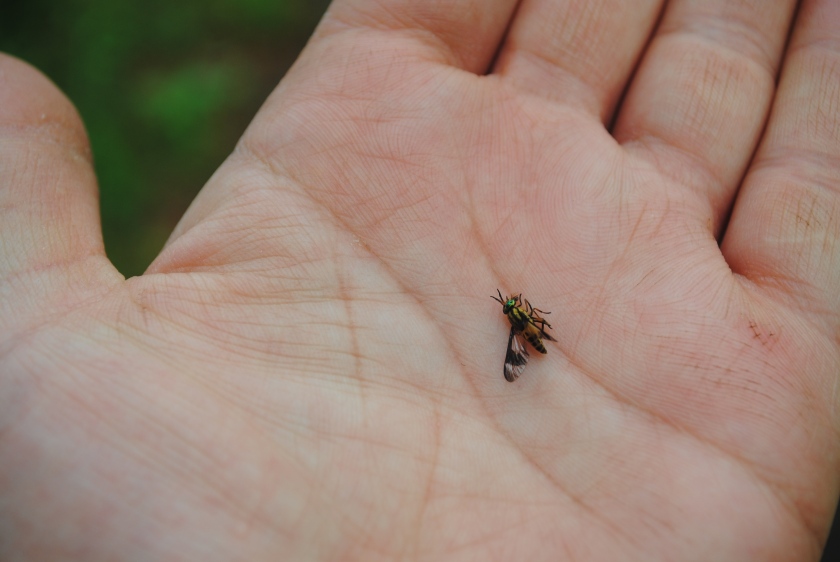
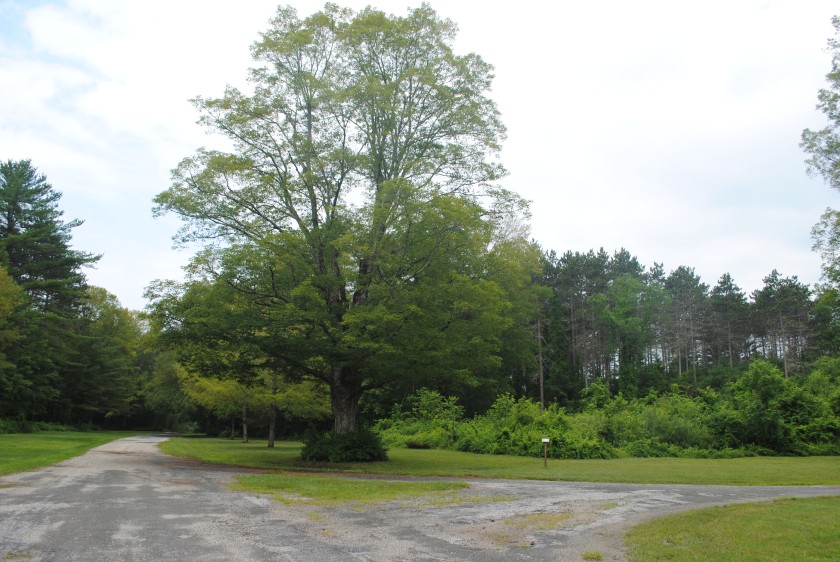
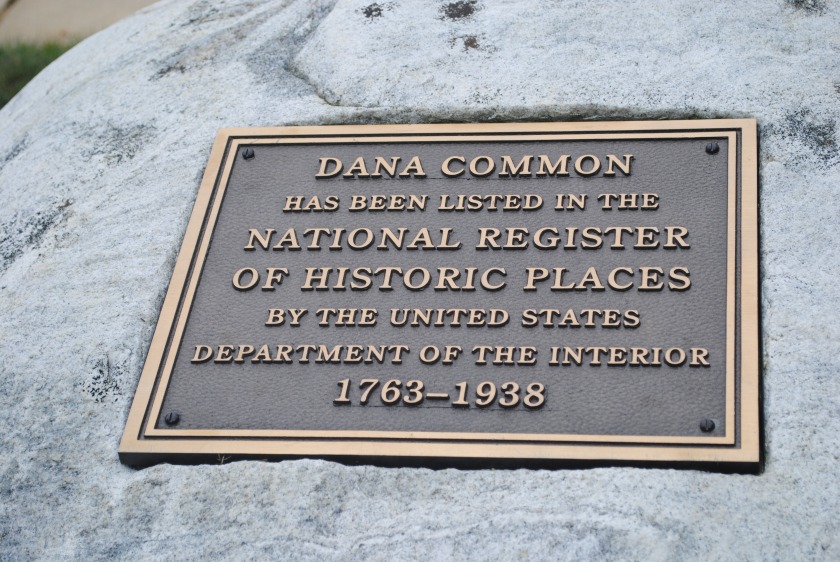
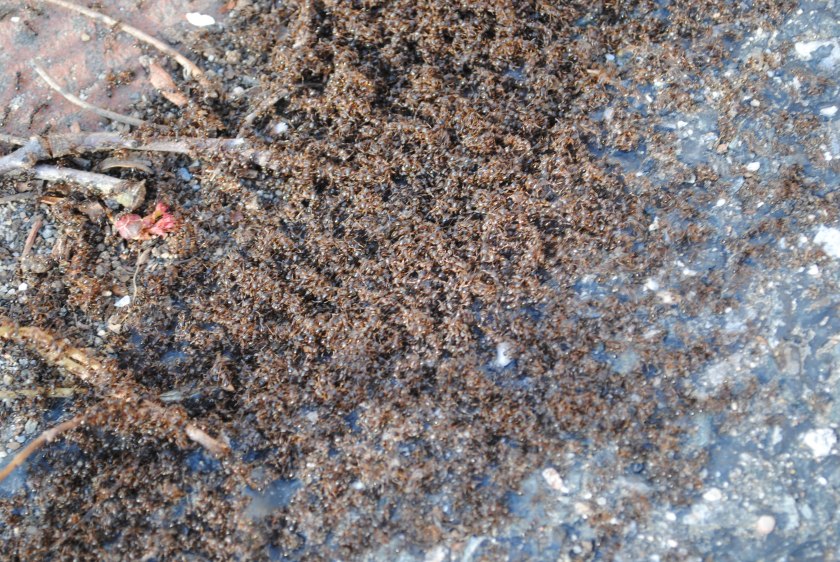
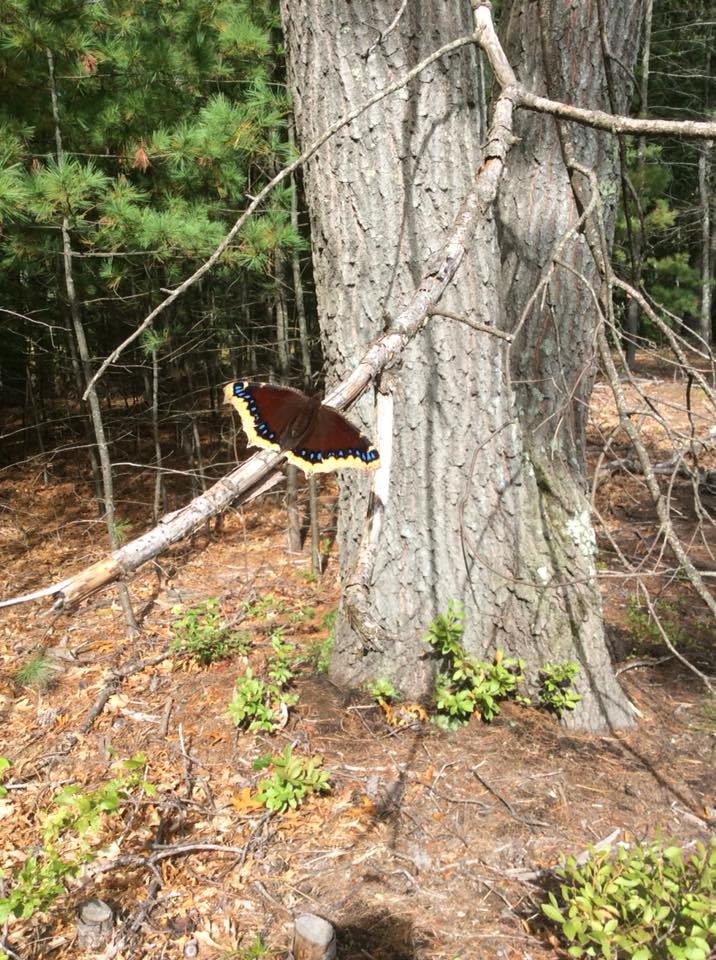
![DSC_0474[1]](https://nature2546.files.wordpress.com/2018/03/dsc_04741.jpg?w=840)
